Spinach Canederli (Knödel), a delicious no-waste recipe
Historically a borderland between Italy and Austria, Cortina encompasses both Italian and Tyrolean flavours in its recipes.
One of the most traditional dishes are the canederli, Knödel in German. It’s a delicious recipe that enhances a poor but genuine cooking, and a clever way to use leftover bread.
Find the recipe below!
Find the recipe below!
Ingredients (serves 6):
- 5-6 thinly sliced stale bread rolls
- wild herbs or spinach
- 150 g of ricotta cheese
- 3 eggs
- 4-5 spoons of flour
- ½ onion
- water
- grated parmesan cheese
- butter
- salt, pepper and nutmeg
Method:
Wash and boil the wild herbs (or spinach), chop it and brown it in a pan with some butter and thinly sliced onion. In a large bowl combine the bread with the vegetables, eggs, ricotta cheese, a handful of grated parmesan cheese, salt, pepper, nutmeg and some water.
Combine all the ingredients until a wet dough forms and assemble balls of 4-5 cm of diameter with it.
Bring a large pot of salted water to a boil, lower the canederli into the boiling water and cook them for 15 minutes.
Serve them with grated parmesan and melted butter.
Hint: you can put in the refrigerator all the canederli that you won’t be able to eat (before cooking them) to enjoy them another time!
Recipe taken from the book “Cošlupe frìte e lòchi ‘n técia – raccolta di ricette della tradizione ampezzana” edited by Francesca Gaspari and Maria Luisa Menardi - Edizioni U’lda.
Photo: Diego Gaspari Bandion
Photo: Diego Gaspari Bandion
.png)
Beetroot casunziei, Cortina’s quintessential traditional dish
No recipe is more local, traditional and deeply rooted in Cortina than the casuziei, a sort of moon-shaped ravioli, especially in their red version with a beetroot filling.
Everything about this recipe talks about Cortina’s history and territory: the beetroot and potatoes, easy to grow even in an Alpine valley; the cheese and butter, from the traditional animal farming; the poppy seeds, a signature ingredient of Cortina’s tradition; and nutmeg, a spice that used to arrive to Cortina from Venetian merchants.
This recipe is brought to you by food blogger Monica Giustina of www.onecakeinamillion.com.
This recipe is brought to you by food blogger Monica Giustina of www.onecakeinamillion.com.
Ingredients (serves 4)
For the filling:
400 g of beetroot
100 g of golden beetroot
200 g of potatoes
15 g of plain flour
1 tbs salt
1 pinch of nutmeg
For the dough:
320 g of plain flour
1 egg
180 ml of water
1 pinch of salt
For the sauce:
100 g of butter
Smoked ricotta cheese or parmesan
Poppy seeds
Method
Prepare the filling in advance, even on the previous evening, so that it is cold and firm by the time you use it.
Steam the beetroots and golden beetroots and, separately, the potatoes. Blend the beetroots and mesh the potatoes with a masher, then mix everything and leave to cool down.
Toast the flour for the filling in a frying pan until it browns, then add it to the mixture of beetroos and potatoes. Add salt and nutmeg and leave to rest.
For the dough, mix the egg and flour, then add salt and the water little by little, until the dough is soft (you may need slightly more or less water, depending on how dump the flour is). Knead on a pastry board until you have a ball, then leave to rest covered for about half an hour.
Roll out the dough so thin that you can see through it, dust it with flour and form circles with a 5-7 cm pastry ring. Place a scant tablespoon of filling at the centre of each circle and fold to form half-moon shaped raviolis, making sure to carefully seal the edges.
Dust a tray with bran flour and transfer the casunziei.
Bring a large pot of water to the boil and add salt; put the butter in a saucepan.
Carefully put the casunziei into the simmering water (to prevent them from breaking) and cook for 5-6 minutes. Meanwhile, brown the butter.
Drain the casunziei using a skimmer spoon and place them on a plate, sprinkle with the ricotta or parmesan cheese and season with butter and poppy seeds. Serve immediately.
NOTE: beetroot is the classic winter filling, while in the summer you can try casunziei with herbs or potatoes. For that extra twist, add a pinch of cinnamon to the filling and some sage leaves to the butter before browning it!
.png)

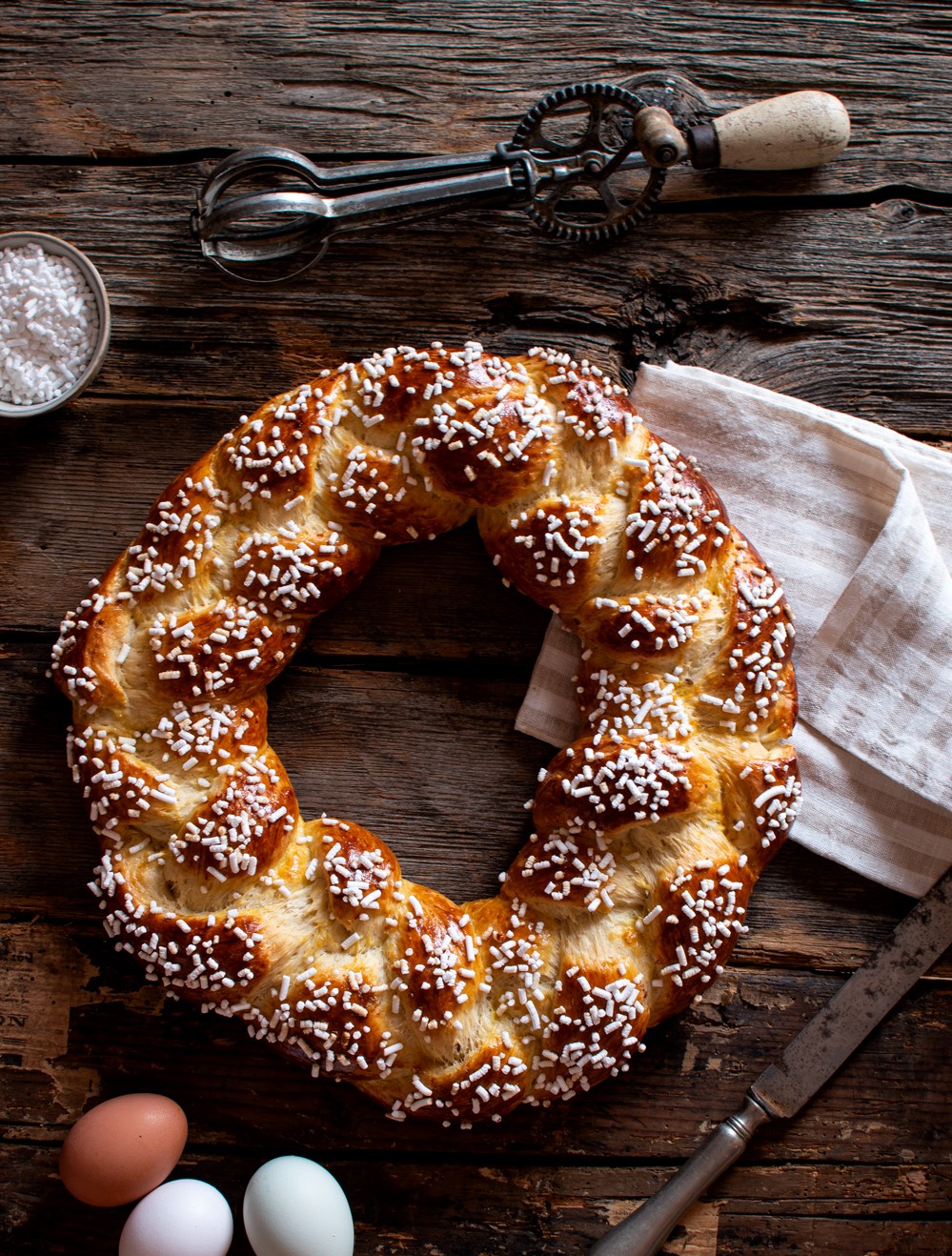
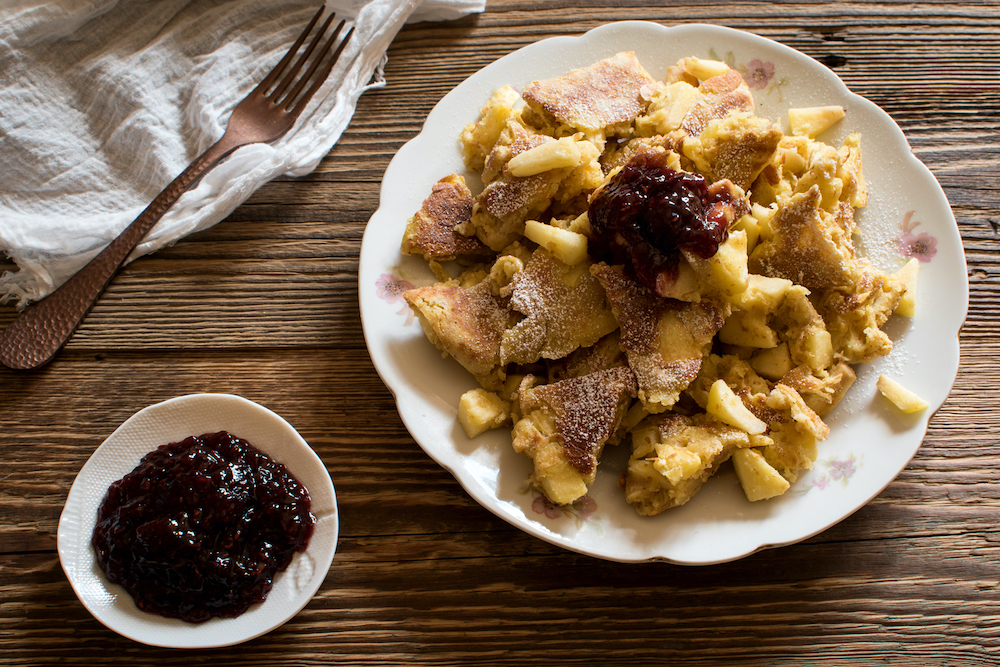
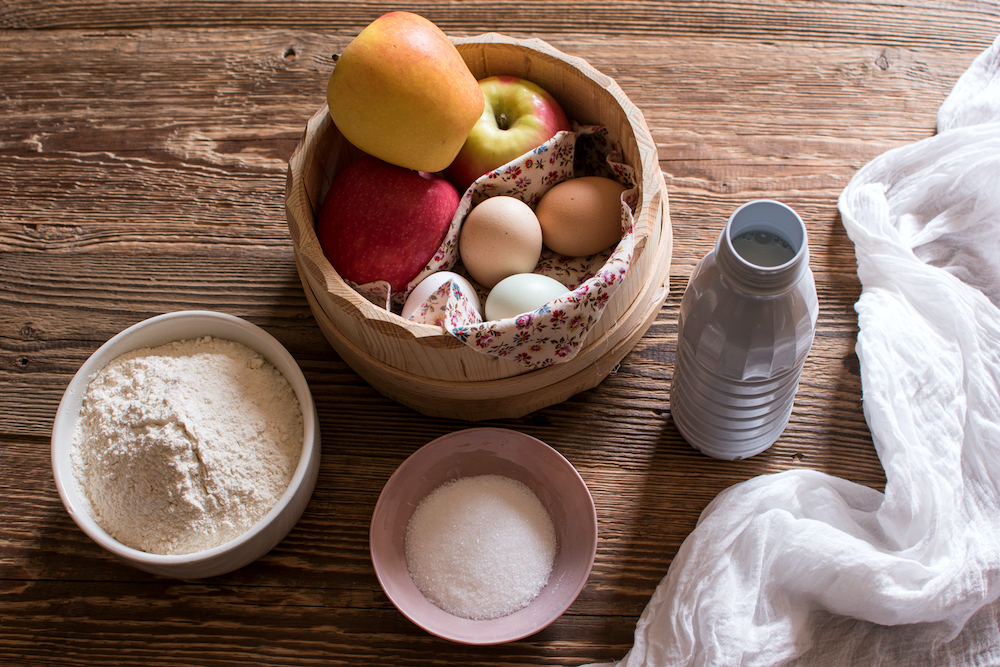
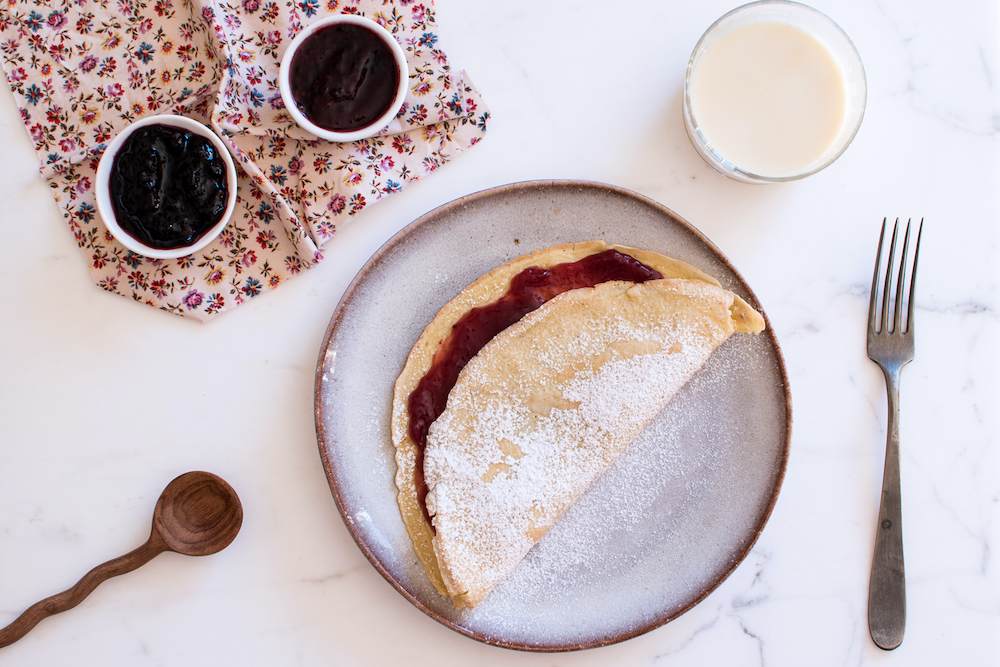
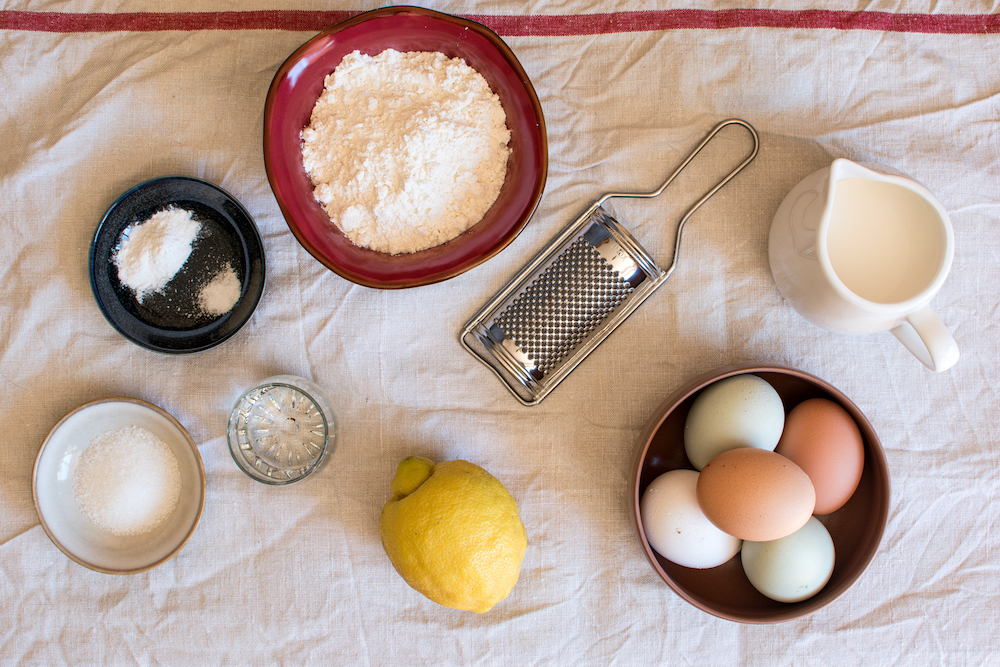
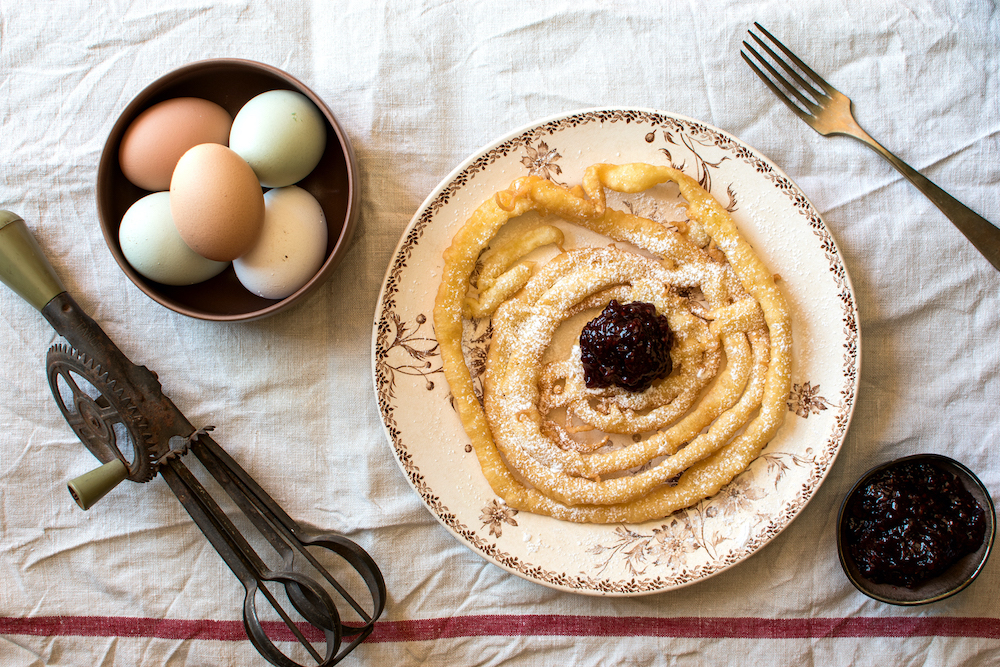
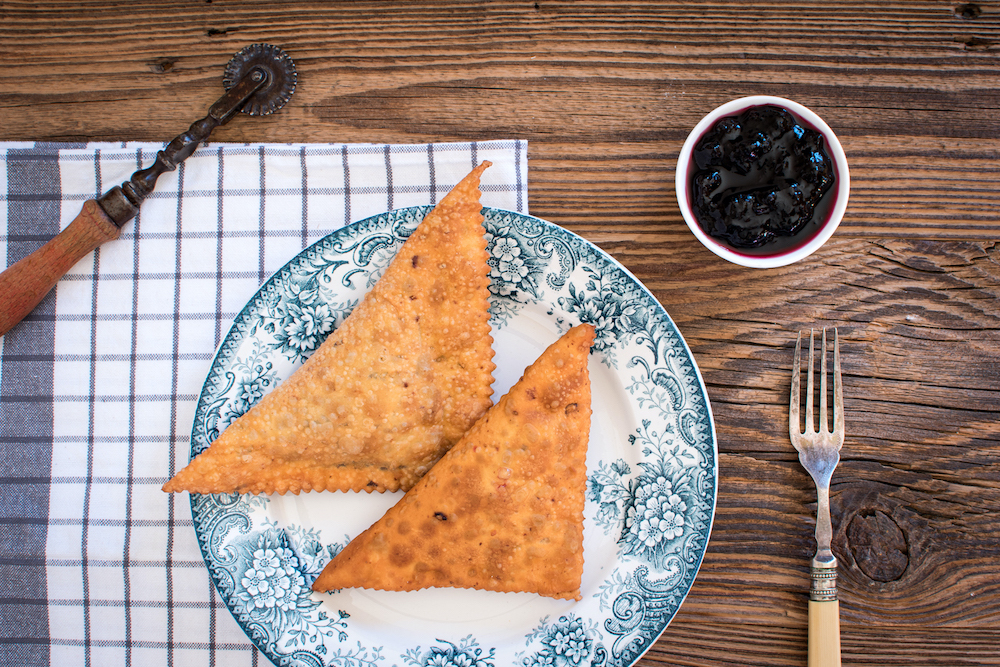
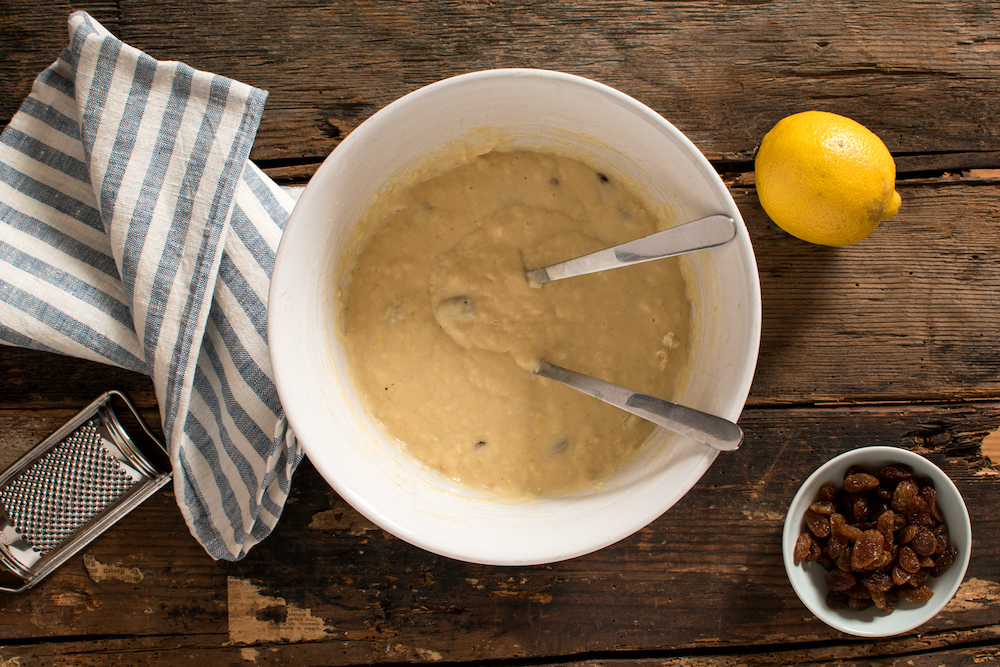
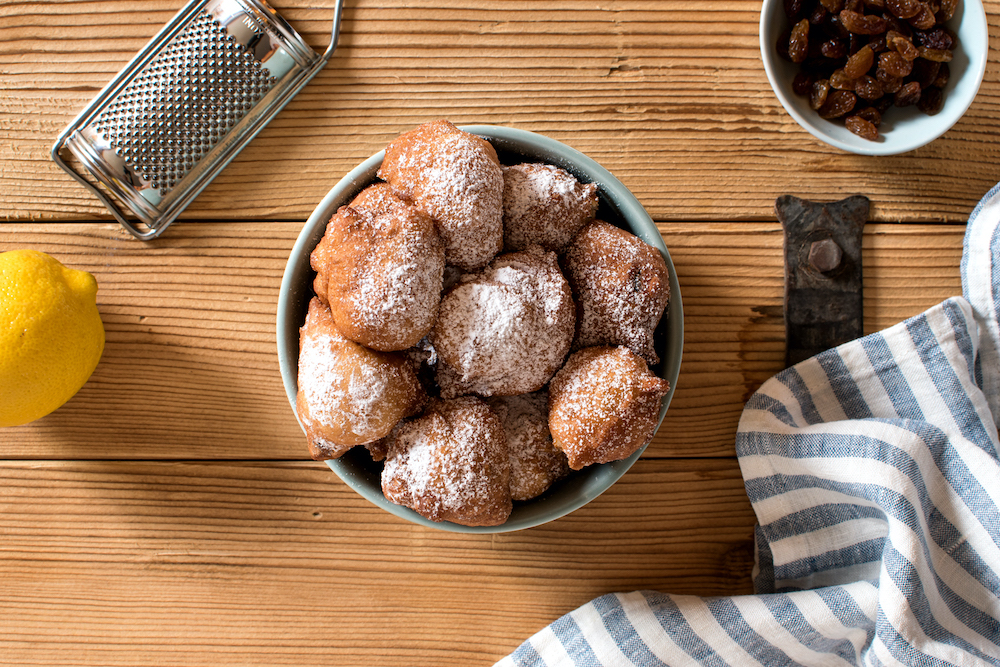
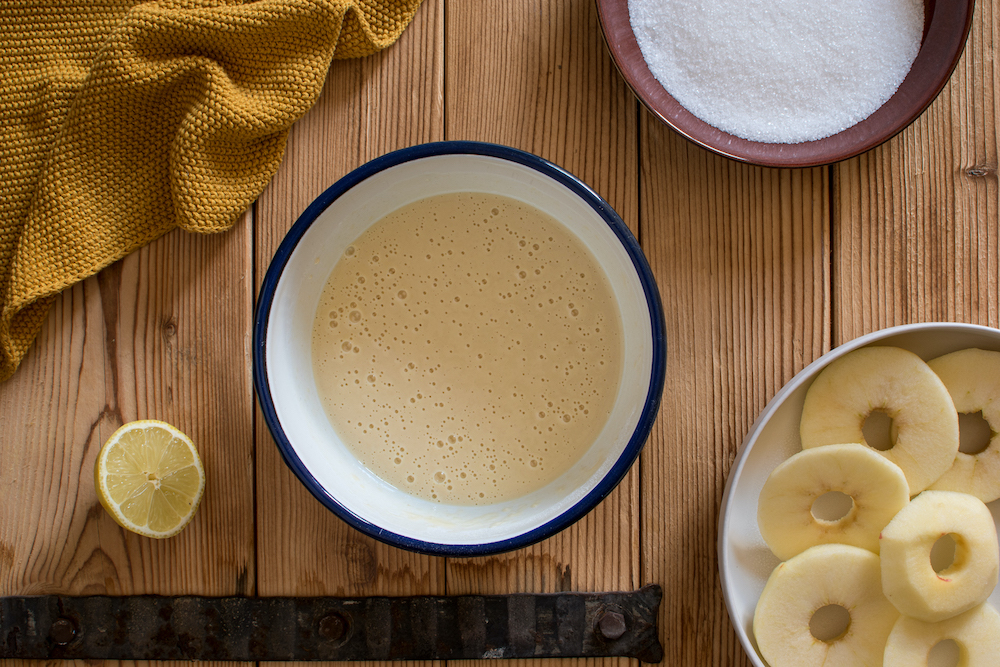
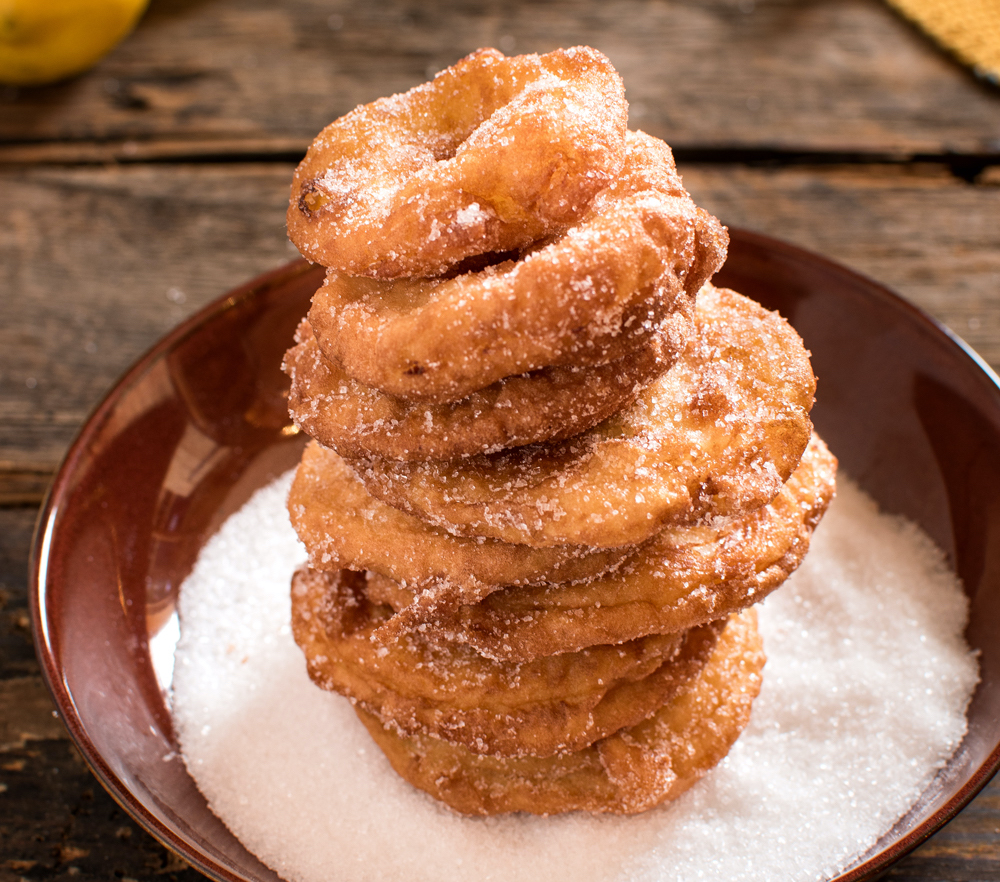
.png)
